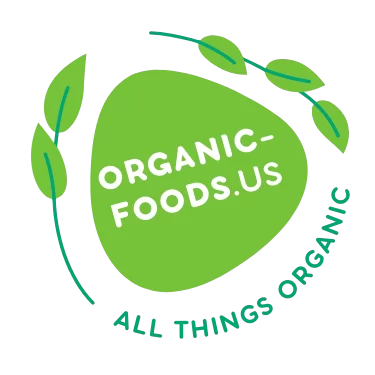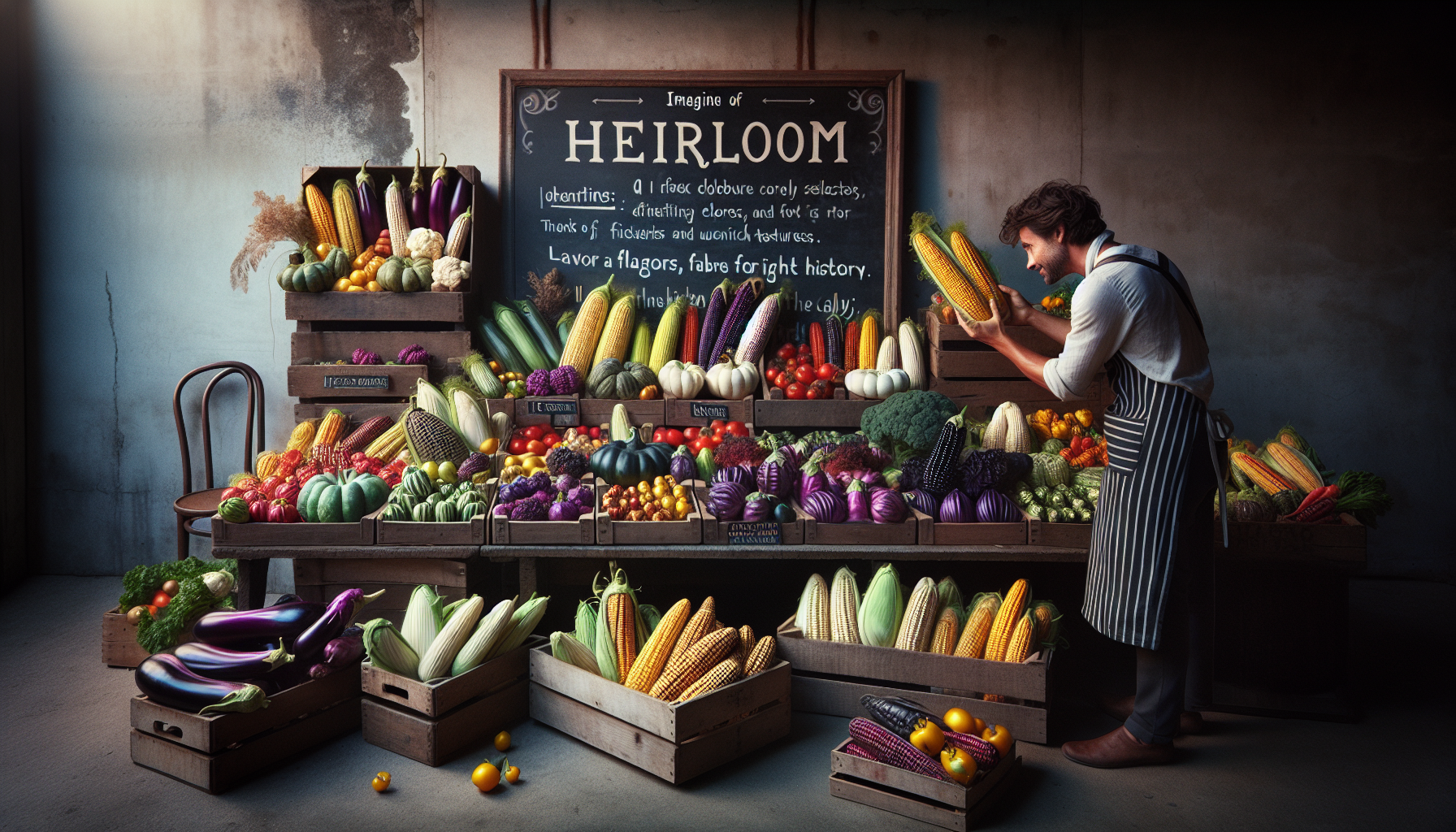Heirloom Vegetables in Niche Food Markets: Cultivating Tradition and Taste
The Allure of Heirloom Vegetables
In an era where supermarket shelves are dominated by uniform produce, heirloom vegetables are making a significant comeback. These varieties, often passed down through generations, are celebrated for their unique flavors, diverse colors, and the stories they carry. But what exactly draws consumers to these niche food markets where heirloom vegetables take center stage?
The charm of heirloom vegetables lies in their authenticity and the rich history they embody. Unlike modern hybrids, which are bred for uniformity and shelf life, heirloom varieties are selected for taste and variety. This distinction is not lost on consumers who seek a more personal and flavorful eating experience. As a result, niche food markets, from farmers’ markets to specialty grocers, have become hotbeds for these treasures of the past.
Why Heirloom Vegetables Thrive in Niche Markets
Niche food markets provide the perfect environment for heirloom vegetables to flourish. These markets cater to a clientele that values quality over quantity and appreciates the narrative behind their food. Shoppers at these venues are often willing to pay a premium for the unique taste and story that comes with heirloom produce.
Moreover, niche markets offer a platform for small-scale farmers who specialize in growing heirloom varieties. These farmers are passionate about preserving biodiversity and often work closely with consumers to educate them about the benefits and histories of the vegetables they grow. This direct relationship fosters a sense of community and trust, which is a significant draw for many customers.
The Economic Impact of Heirloom Vegetables
While heirloom vegetables may command higher prices than their conventional counterparts, they also bring economic benefits to the communities that support them. By focusing on heirloom varieties, farmers can differentiate themselves in a competitive market and attract a loyal customer base. This, in turn, can lead to increased profitability and sustainability for small-scale operations.
Additionally, the popularity of heirloom vegetables has spurred the growth of ancillary businesses, such as seed companies and culinary tourism. These enterprises further contribute to the economic vitality of regions that embrace heirloom agriculture.
Culinary Uses and Consumer Trends
The culinary world has eagerly embraced heirloom vegetables, with chefs and home cooks alike experimenting with their unique flavors and textures. From vibrant heirloom tomatoes to colorful carrots, these vegetables add a touch of creativity and nostalgia to dishes. Restaurants that highlight heirloom ingredients often attract food enthusiasts looking for a memorable dining experience.
Consumer trends also show a growing interest in sustainable and locally sourced foods, which aligns well with the ethos of heirloom vegetables. As awareness of food origins and environmental impact increases, more people are turning to niche markets to find produce that aligns with their values.
Challenges and Opportunities
Despite their popularity, heirloom vegetables face challenges in niche food markets. Their shorter shelf life and susceptibility to disease can make them less appealing to large retailers. However, these challenges also present opportunities for innovation and collaboration within the niche market community.
For instance, some farmers have started using traditional and modern techniques to improve the resilience of heirloom varieties. Others have formed cooperatives to share knowledge and resources, ensuring the continued availability of these cherished vegetables. By working together, the heirloom community can overcome obstacles and continue to thrive.
The Future of Heirloom Vegetables in Niche Markets
Looking ahead, the future of heirloom vegetables in niche food markets appears bright. As consumers continue to seek out unique and sustainable food options, the demand for heirloom varieties is likely to grow. This trend presents an exciting opportunity for farmers, chefs, and food enthusiasts to explore and celebrate the rich diversity of our culinary heritage.
In conclusion, heirloom vegetables are more than just a trend; they are a testament to the enduring appeal of tradition and taste. By supporting niche food markets, consumers can play a vital role in preserving these treasures for future generations to enjoy.
Whether you’re a seasoned foodie or a curious newcomer, exploring the world of heirloom vegetables offers a delightful journey into the flavors and stories of the past. So next time you’re at your local farmers’ market, take a moment to appreciate the vibrant colors and rich histories of these timeless vegetables.
For those interested in learning more about the impact of heirloom vegetables in niche markets, a comprehensive Study on Heirloom Vegetables in Niche Food Markets provides valuable insights into their economic and cultural significance. Additionally, resources like the Heirloom Vegetable Trends Report offer a detailed look at consumer preferences and market dynamics. Finally, for a deeper understanding of the culinary applications, the Culinary Institute’s Guide to Heirloom Vegetables is an invaluable resource for chefs and home cooks alike.

